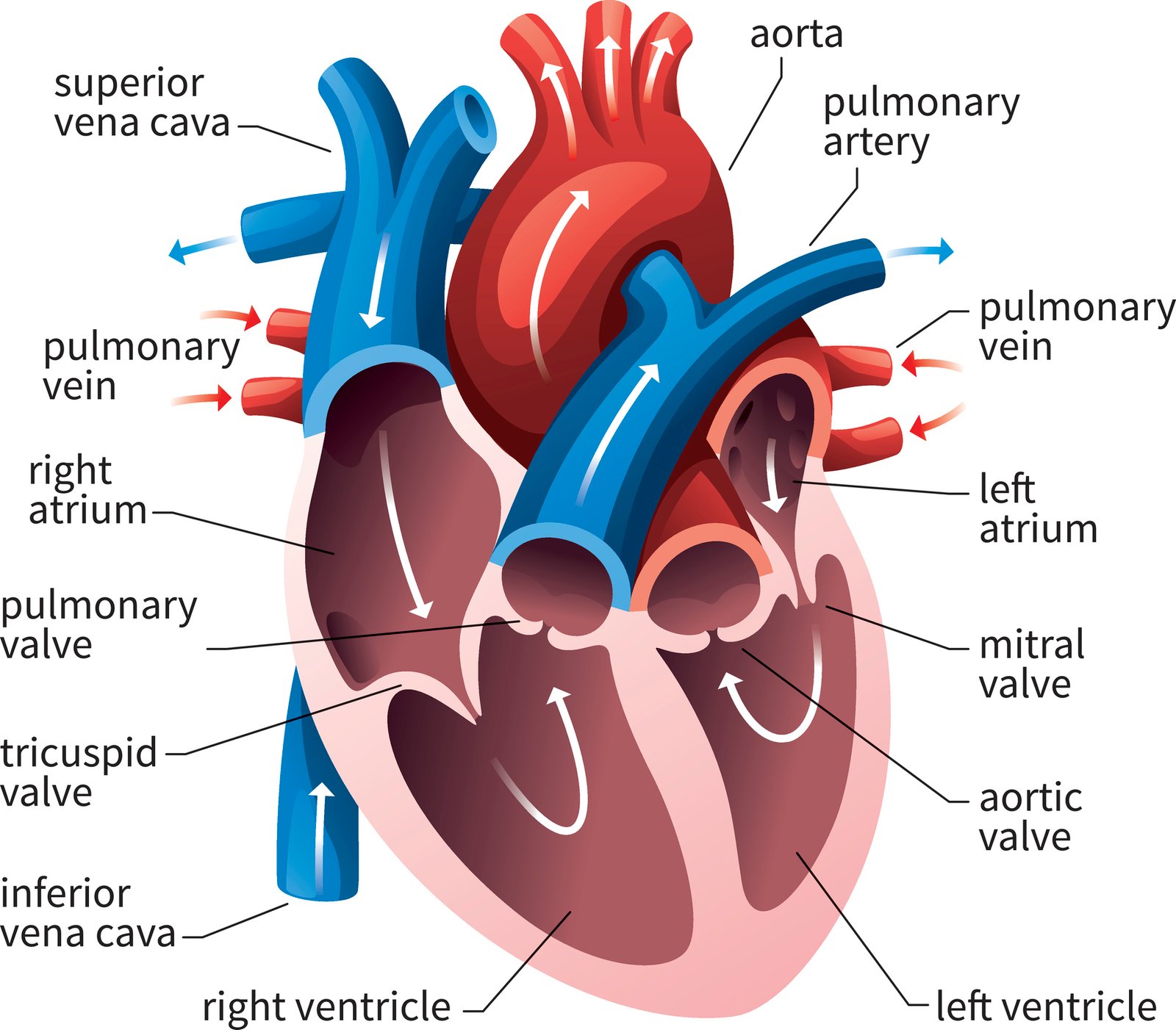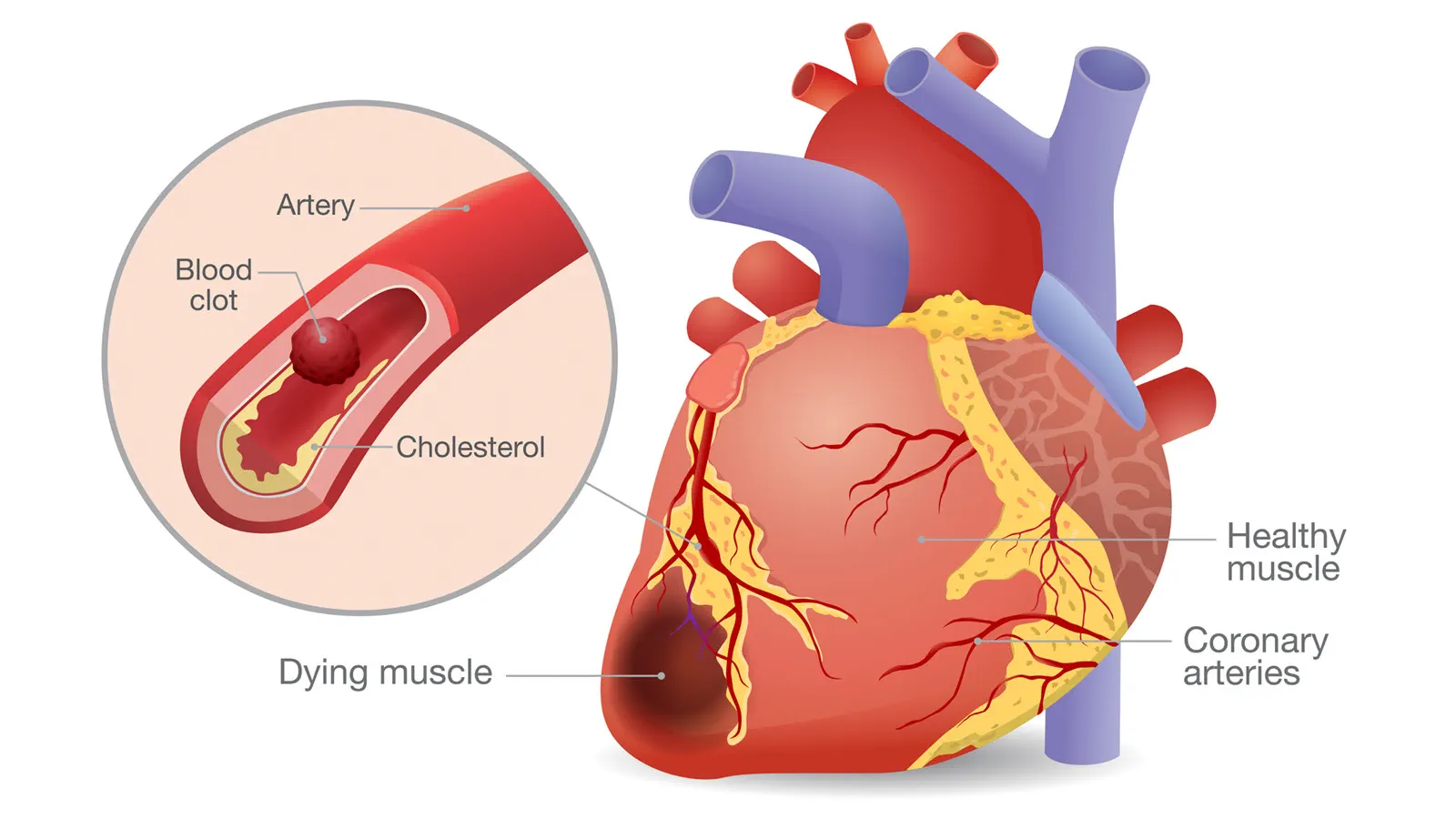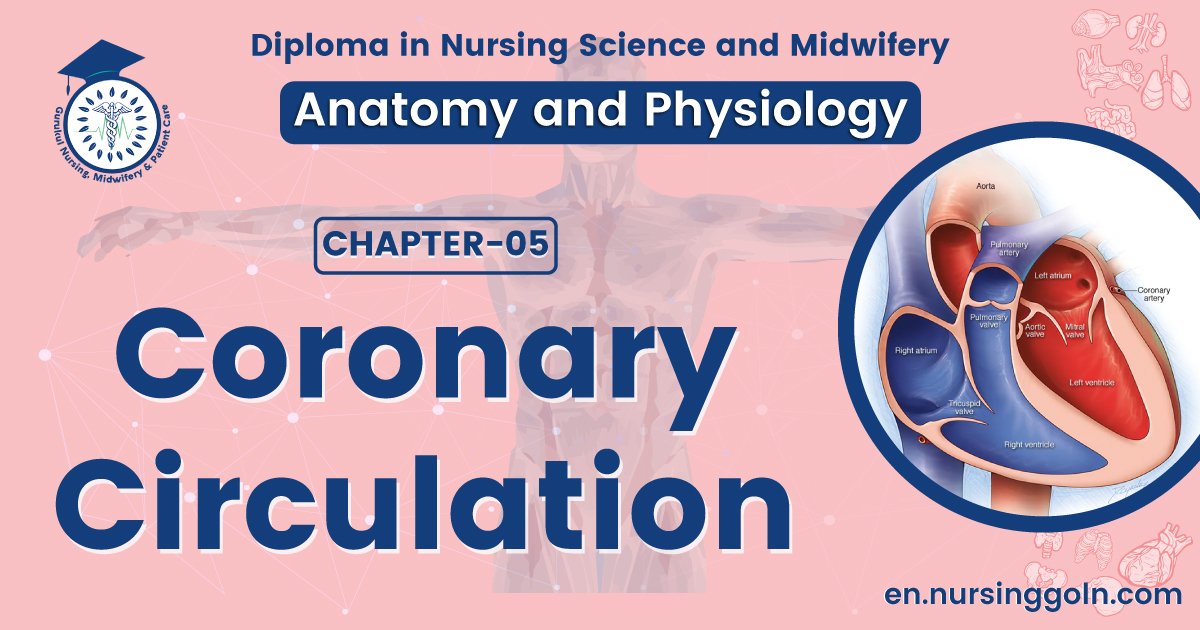Coronary circulation-The course is designed for the basic understanding of anatomical structures and physiological functions of human body, musculoskeletal system, digestive system, respiratory system; cardiovascular system; urinary system, endocrine system, reproductive system, nervous system, hematologic system, sensory organs, integumentary system, and immune system.The aim of the course is to acquire knowledge and skills regarding anatomy and physiology.

Coronary circulation
The Blood Supply to the Heart
- The blood which is being pumped through the heart chambers does not in any significant way supply nutrients or exchange respiratory gasses with the cardiac tissue
- The myocardial muscle is far too thick to allow nutrient supply and gas exchange by simple diffusion so the heart has its own blood supply via its own vessels and this is called the coronary circulation
- The blood supply for the coronary circulation comes from the two coronary arteries eg Right coronary artery and Left coronary artery which emerge from the ascending aorta, just above the semi lunar valve
- These coronary artenes wrap themselves around the heart, the right coronary artery supplying the rigu atrium and right ventricle and the left coronary artery supplying the left atrium and left ventricle
- Most of the blood flow through the coronary circulation occurs during diastole, when the heart is relaxed, this is because the blood vessels in the heart are constricted whilst the heart is contracting in systole

Blood Flow Through the Heart
Blood flows through the heart from areas of higher blood pressure to areas of lower blood pressure. As the walls of the atria contract, the pressure of the blood within them increases. This increased blood pressure forces the AV valves open, allowing atrial blood to flow through the AV valves into the ventricles.

After the atria are finished contracting, the walls of the ventricles contract, increasing ventricular blood pressure and pushing blood through the semilunar valves into the pulmonary trunk and aorta. At the same time, the shape of the AV valve cusps causes them to be pushed shut, preventing backflow of ventricular blood into the atria.
Read more:
